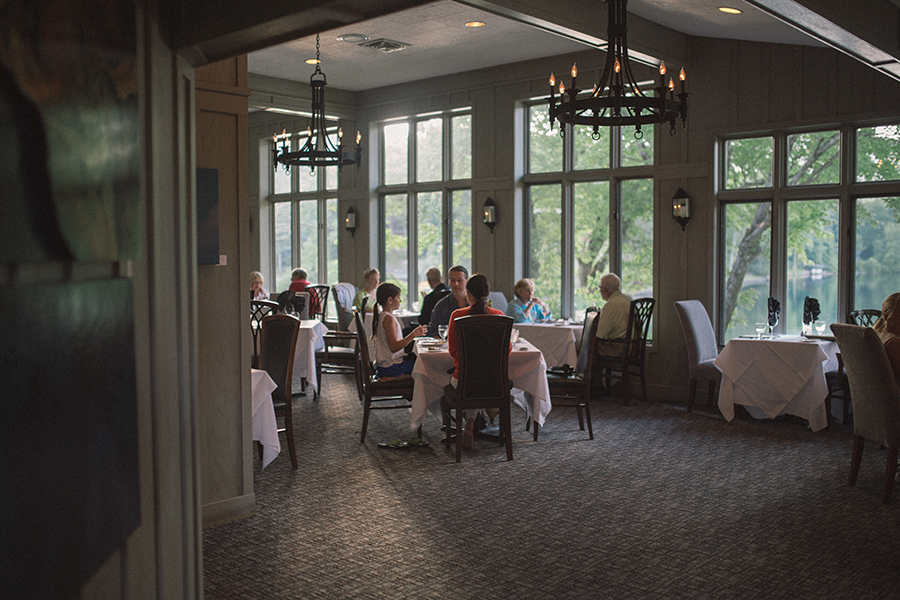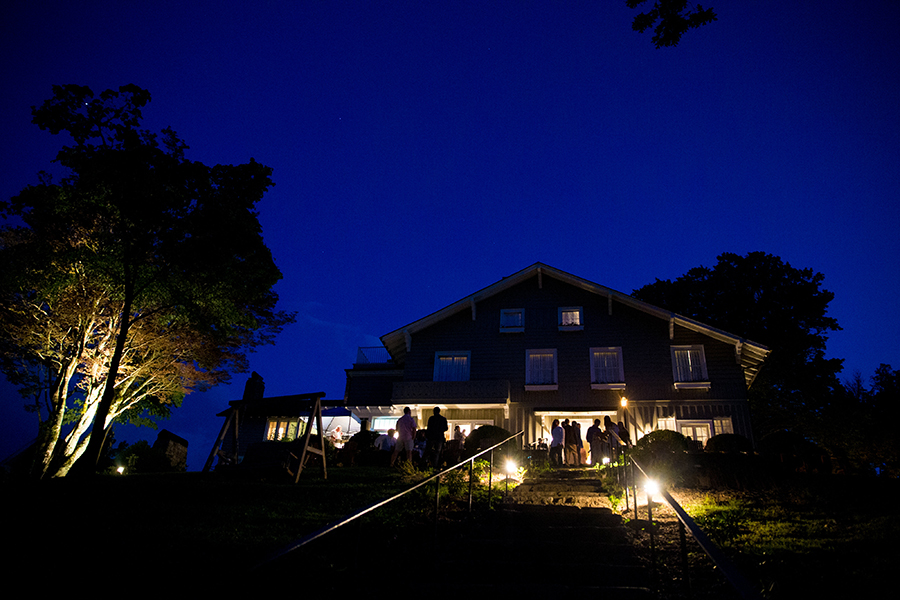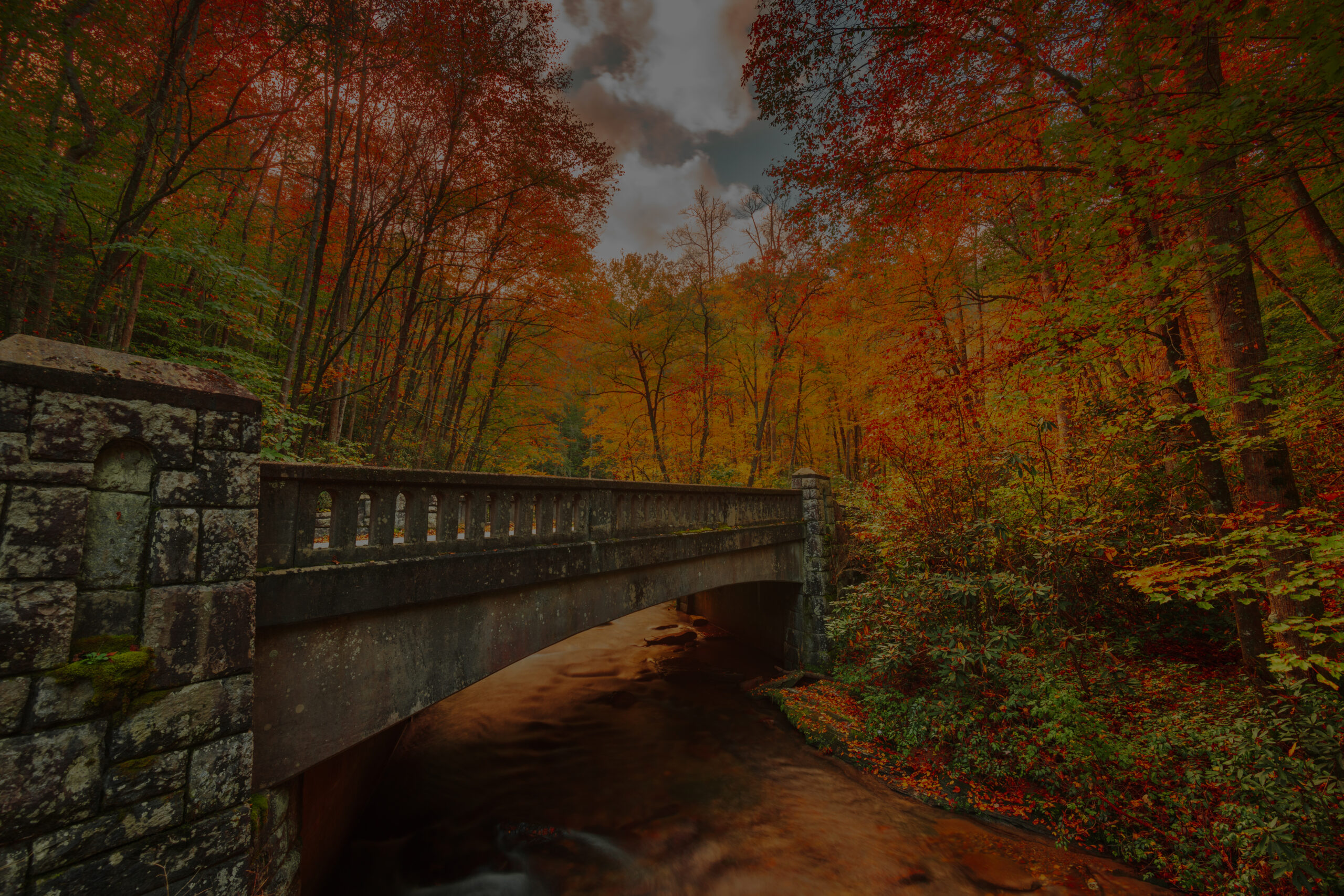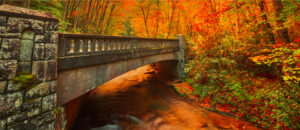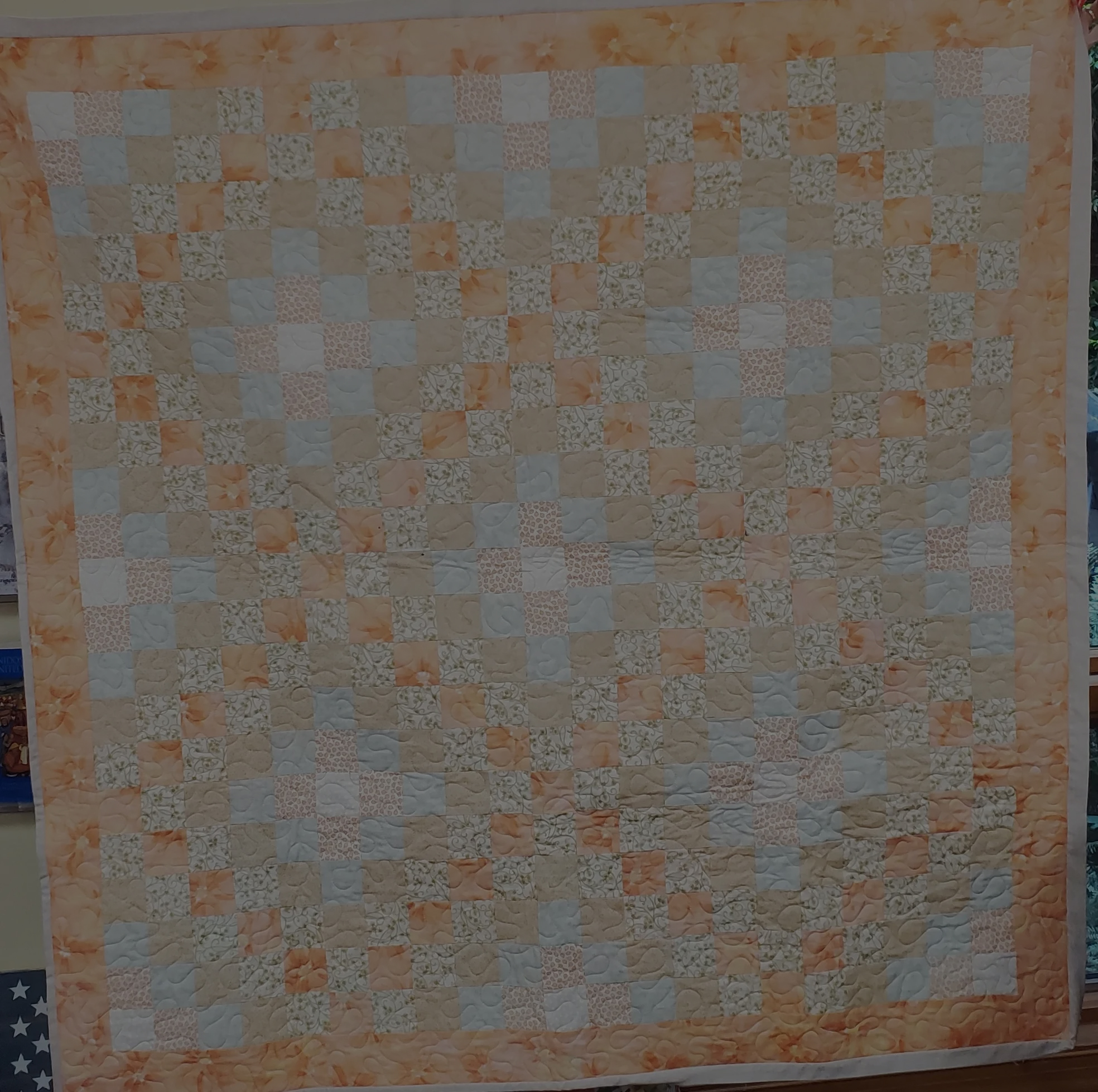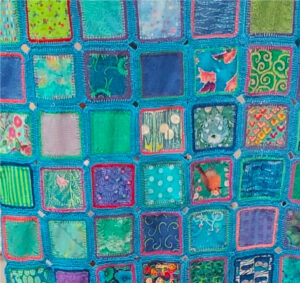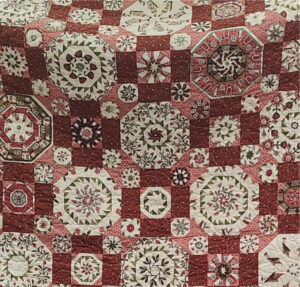A holistic ritual for purifying and exfoliating the skin, dry brushing is a long-held practice that provides both health and beauty benefits. First developed hundreds of years ago in India, dry brushing may improve your body’s detoxification process while smoothing and polishing your skin. The bristles, made from natural fibers, gently scrape away dead skin, dirt, and other impurities that clog pores. This may better allow you to filter toxins organically.
Beyond natural exfoliation and detoxification, dry brushing is a sensory experience, akin to a massage, that even improves circulation. This act of self care, especially when integrated into a daily routine, can serve as a soothing, tranquil moment for meditation.
Before your shower, brush along your feet and ankles before sweeping the brush up your legs in sweeping motions. When you reach your torso, transition into rounded movements with your brush before moving to your arms. Step into a shower to wash away the exfoliated impurities, then apply moisturizer when complete.
A simple method with lasting effects, dry brushing is a rich experience where you can bring the luxury of a spa into your very own home.






